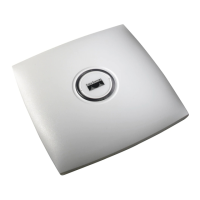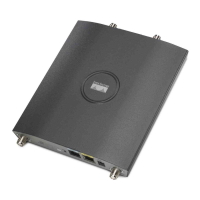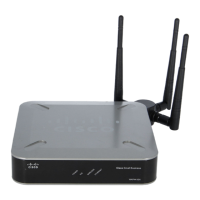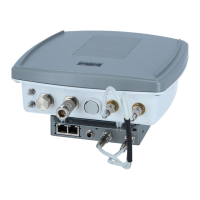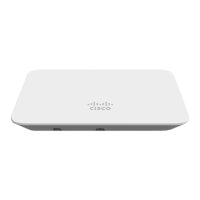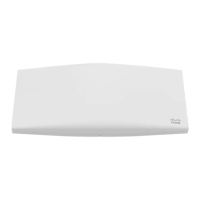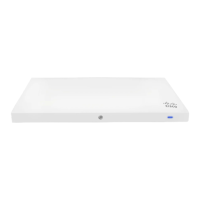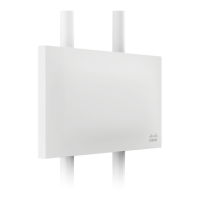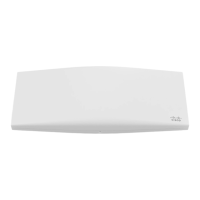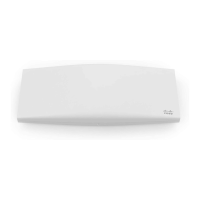Network Segmentation
Membership to the wireless LAN mesh network for mesh access points is controlled by the bridge group
names (BGNs). Mesh access points can be placed in similar bridge groups to manage membership or provide
network segmentation.
Cisco Indoor Mesh Access Points
Indoor mesh is available on the following access points:
• 802.11a/b/g
• 1130
• 1240
• 802.11n
• 1040
• 1140
• 1250
• 1260
• 802.11n+CleanAir
• 2600
• 3500e
• 3500i
• 3600
For more information about controller software support for access points, see the Cisco Wireless Solutions
Software Compatibility Matrix at http://www.cisco.com/en/US/docs/wireless/controller/5500/tech_notes/
Wireless_Software_Compatibility_Matrix.html.
Note
Enterprise 11n mesh is an enhancement added to the CUWN feature to work with the 802.11n access points.
Enterprise 11n mesh features are compatible with non-802.11n mesh but adds higher backhaul and client
access speeds. The 802.11n indoor access points are two-radio Wi-Fi infrastructure devices for select indoor
deployments. One radio can be used for local (client) access for the access point and the other radio can be
configured for wireless backhaul. The backhaul is supported only on the 5-GHz radio. Enterprise 11n mesh
supports P2P, P2MP, and mesh types of architectures.
You have a choice of ordering indoor access points directly into the bridge mode, so that these access points
can be used directly as mesh access points. If you have these access points in a local mode (nonmesh), then
you have to connect these access points to the controller and change the AP mode to the bridge mode (mesh).
This scenario can become cumbersome particularly if the volume of the access points being deployed is large
and if the access points are already deployed in the local mode for a traditional nonmesh wireless coverage.
Cisco Mesh Access Points, Design and Deployment Guide, Release 7.3
4 OL-27593-01
Mesh Network Components
Network Segmentation
